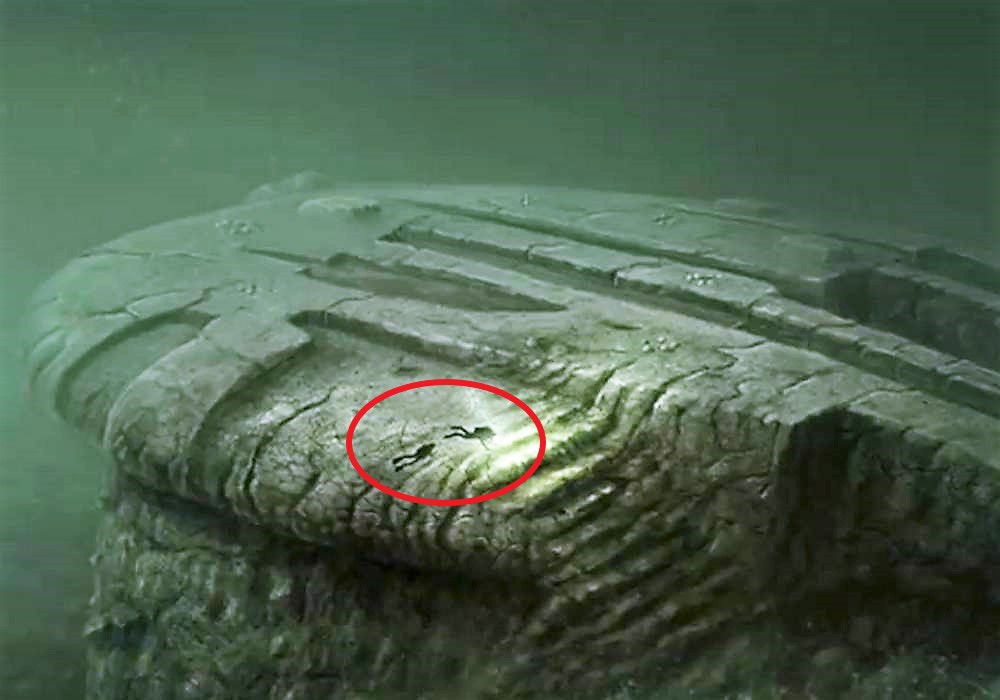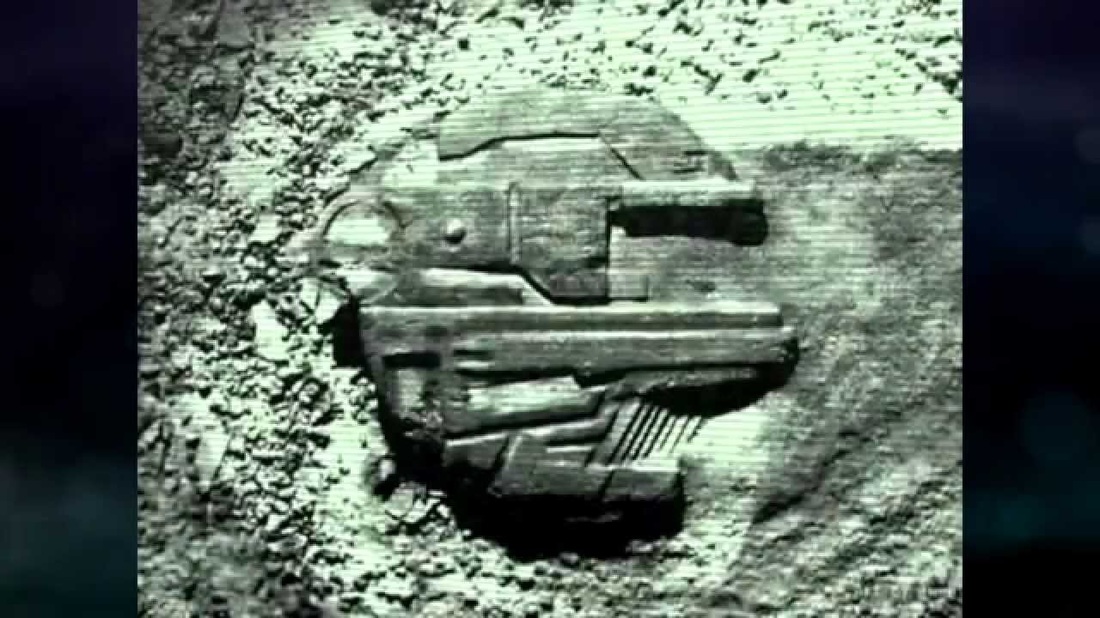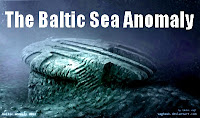

But nature has produced stranger things than that." Martin Jakobsson, professor of marine geology and geophysics at Stockholm University also examined the image and said, "I'm guessing it's some sort of sandstone. I agree the finding looks weird since it's completely circular. Reacting to a photo published by Swedish newspaper Expressen purportedly taken by OceanX during a dive to collect rock samples, Göran Ekberg, a marine archaeologist at Maritime Museum in Stockholm, said: "A natural, geological formation can't be ruled out. Paull characterized the story as “curious and fun, but much ado about nothing." Scientist Charles Paull of the Monterey Bay Aquarium Research Institute told Popular Mechanics that the indistinct sonar image was more likely of a rock outcrop, sediment dropped from a fishing trawler, or even a school of fish.


An MSNBC report speculated that interpretations of the image as a flying saucer are likely the result of graphic outlines intended to suggest the fictional spaceship Millennium Falcon drawn onto the sonar image by tabloid newspapers. According to Singh, the distortions are due to a cheap inaccurate sonar instrument that was improperly wired and calibrated. Hanumant Singh of the Woods Hole Oceanographic Institution has said that it cannot be trusted because several distortions render it "virtually useless for identifying an undersea formation". The single sonar image provided by OceanX has drawn criticism from a number of sources. Swedish geologists Fredrik Klingberg and Martin Jakobsson say that the chemical composition of the samples provided resembles that of nodules that are not uncommon in sea beds, and that the materials found, including limonite and goethite, can indeed be formed by nature itself. Possibly these rocks were transported there by glaciers," explained Brüchert. "Because the whole northern Baltic region is so heavily influenced by glacial thawing processes, both the feature and the rock samples are likely to have formed in connection with glacial and postglacial processes. Among the samples was also a single loose piece of basaltic (volcanic) rock, which is out of place on the seafloor, but not unusual. Brüchert's analysis of the samples indicated that most are granites, gneisses and sandstones. Samples of stone allegedly recovered at the site by OceanX were given to Volker Brüchert, an associate professor of geology at Stockholm University. Following a story published by the UK tabloid newspaper the Daily Mail in June 2012, a number of imaginative illustrations resembling underwater photos or high resolution scans circulated in the media, along with rumors that the object could be "a UFO, a portal into another world, or an underwater Stonehenge". The group revisited the site the following year intending to get a clearer image, but claimed mysterious electrical interference prevented them.

They have claimed their image shows a 60-metre (200 ft) diameter circular object with features resembling ramps, stairways, and other structures not produced by nature. According to the team, they returned from an expedition in the Baltic Sea between Sweden and Finland with a "blurry but interesting" sonar image while searching for an old shipwreck in the summer of 2011. The Swedish-based OceanX describe themselves as treasure hunters and salvage operators who specialize in underwater searches for sunken "antique high-end alcoholic beverages and historic artefacts".


 0 kommentar(er)
0 kommentar(er)
